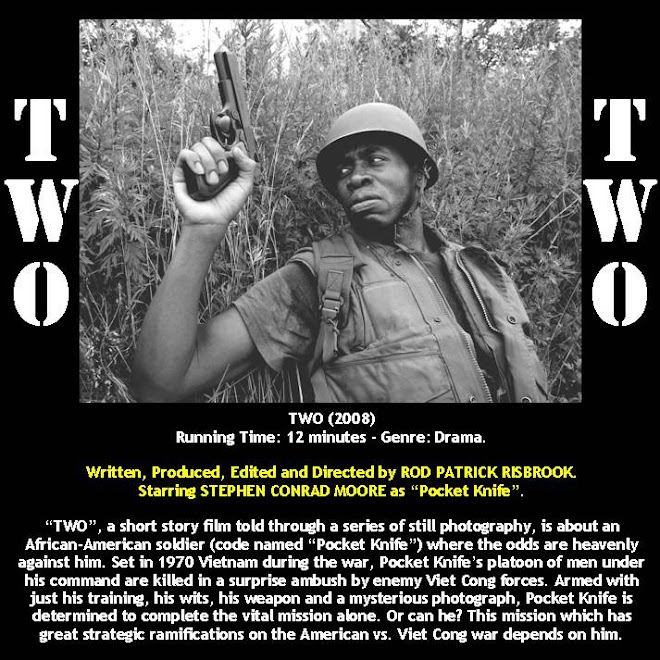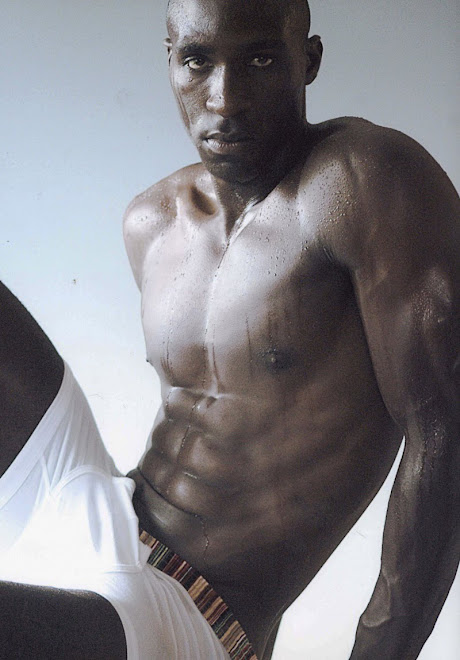
NEW YORK (AP) — Your next credit card statement is going to contain an ugly truth: how much that card really costs to use.
Now, thanks to a long-awaited law that goes into effect Monday, you'll know that if you pay the minimum on a $3,000 balance with a 14 percent interest rate, it could take you 10 years to pay off.
"Jaws will drop," said David Robertson, publisher of The Nilson Report, a newsletter that tracks the industry. "I don't doubt for a nanosecond that it's going to give a lot of people a sinking feeling in their stomachs."
That's not all that will make them queasy.
During the past nine months, credit card companies jacked up interest rates, created new fees and cut credit lines. They also closed down millions of accounts. So a law hailed as the most sweeping piece of consumer legislation in decades has helped make it more difficult for millions of Americans to get credit, and made that credit more expensive.
It wasn't supposed to be this way. The law that President Barack Obama signed last May shields card users from sudden interest rate hikes, excessive fees and other gimmicks that card companies have used to drive up profits. Consumers will save at least $10 billion a year from curbs on interest rate increases alone, according to the Pew Charitable Trust, which tracks credit card issues.
But there was a catch. Card companies had nine months to prepare while certain rules were clarified by the Federal Reserve. They used that time to take actions that ended up hurting the same customers who were supposed to be helped.
Consumer advocates say the law still offers important protections for the users of some 1.4 billion credit cards.
"We expected some rate increases; we expected some annual fees," said Ed Mierzwinski of the U.S. Public Interest Research Group, an advocacy organization that lobbied for the law.
To be sure, the law takes effect while credit card companies are still reeling from the recession.
In 2007, the top 12 card issuers earned a combined $19 billion from credit cards, according to The Nilson Report. A year later, amid the financial meltdown, profits for those companies fell more than 65 percent to $6.32 billion. The plunge was largely because defaults ballooned as unemployment soared.
Profit figures for 2009 aren't yet available. But banks wrote off about $35 billion in credit card debt last year, as the unemployment rate topped 10 percent. Analysts predict the default rate will remain at least twice as high as normal through this year, and longer if unemployment stays high.
At the same time, the law is expected to cut into future profits. FICO Inc., the company best known for its credit scores, projects the average card will generate less than $100 a month in revenue within three years, down from $200 a month before the law.
That helps explain why the industry reacted so aggressively to the legislation. Among the moves it made:
— Resurrected annual fees.
Annual fees, common until about 10 years ago, have made a comeback. During the final three months of last year, 43 percent of new offers for credit cards contained annual fees, versus 25 percent in the same period a year earlier, according to Mintel International, which tracks marketing data. Several banks also added these fees to existing accounts. One example: Many Citigroup customers will start paying a $60 annual fee on April 1.
— Created new fees and raised old ones.
These include a $1 processing fee for paper statements for cards issued by stores such as Victoria's Secret and Ann Taylor. Another example is a $19 inactivity fee Fifth Third Bank now charges customers who haven't used their card for twelve months.
Other banks increased existing fees. JPMorgan Chase, for instance raised the cost of balance transfers from one card to another to 5 percent of the transfer from 3 percent.
— Raised interest rates.
The average rate offered for a new card climbed to 13.6 percent last week, from 10.7 percent during the same week a year ago — meaning cardholders had to pay almost 30 percent more in interest, according to Bankrate.com.
For millions of other accounts, variable interest rates that can rise with the market replaced fixed rates. The Fed is expected to start raising its benchmark interest rates later this year, which would likely trigger an increase on those cards.
Besides making credit more expensive, banks also made it harder to get and keep credit cards. One big reason: Since the financial meltdown, many credit card issuers have been trying to reduce risk.
The number of Visa, MasterCard and American Express cards in circulation dropped 15 percent in 2009, for example. Rarely used cards were among the first cut off. Some cards linked to rewards programs for purchases like gasoline were likewise shut down.
Card companies also slashed credit limits for millions of accounts that remain open. About 40 percent of banks cut credit lines on existing accounts, according to the consultant TowerGroup, which estimated that such moves eliminated about $1 trillion in available credit. Much of that was unused.
Credit lines were frequently cut in regions most affected by the housing crisis and high unemployment, such as Florida and California, said Curt Beaudouin, a senior analyst at Moody's Investors Service. "They're not doing it willy nilly, they're doing it systematically," he said.
Companies are also making fewer solicitations. Mailed offers for new cards increased in the final three months of 2009 for the first time in two years, but there were only about 575 million. That's about a third of the average number of quarterly offers from 2000 through 2008, according to Mintel.
Because the law makes credit cards less profitable, some subprime borrowers may not be able to get cards at all, at least for the next few years. There's no fixed definition, but subprime borrowers generally have a FICO score below 660. For a good portion of this group, options may be limited to alternatives like PayPal and other electronic payment services, prepaid cards and payday lenders.
"Not everyone either deserves or should have an open-ended credit card," said Roger C. Hochschild, chief operating officer of Discover Financial Services.
Joining those who won't easily get cards: college students and others under age 21. The law strictly limits card marketing on campuses, ending giveaways like T-shirts and pizza Cards can only be granted to applicants who show they have the means to repay, or those who have a co-signer who can pay.
"Some of the more vulnerable parts of the population are a little bit more protected," said Georgetown University finance professor James Angel. But he predicts card companies will find ways around most of the new restrictions. And once the economy recovers, he expects the lending spigot to open again.
In the meantime, there is one group of consumers that banks will chase after — those who carry a balance from month to month for at least part of the year, and pay their bills on time. They're the most profitable and least risky group for banks.
Also a target customer: anyone willing to do more business with the bank that issues their card, say opening a checking or savings account or taking out a mortgage.
"What we want is a deeper relationship with our customers," said Andy Rowe, an executive vice president with Bank of America's card business. Customers willing to stick with a single bank may even be able to get annual fees waived or get a better interest rate, he said. "That's where the competition will be."









+LR+Edit+32.jpg)


.jpg)


























.jpg)



